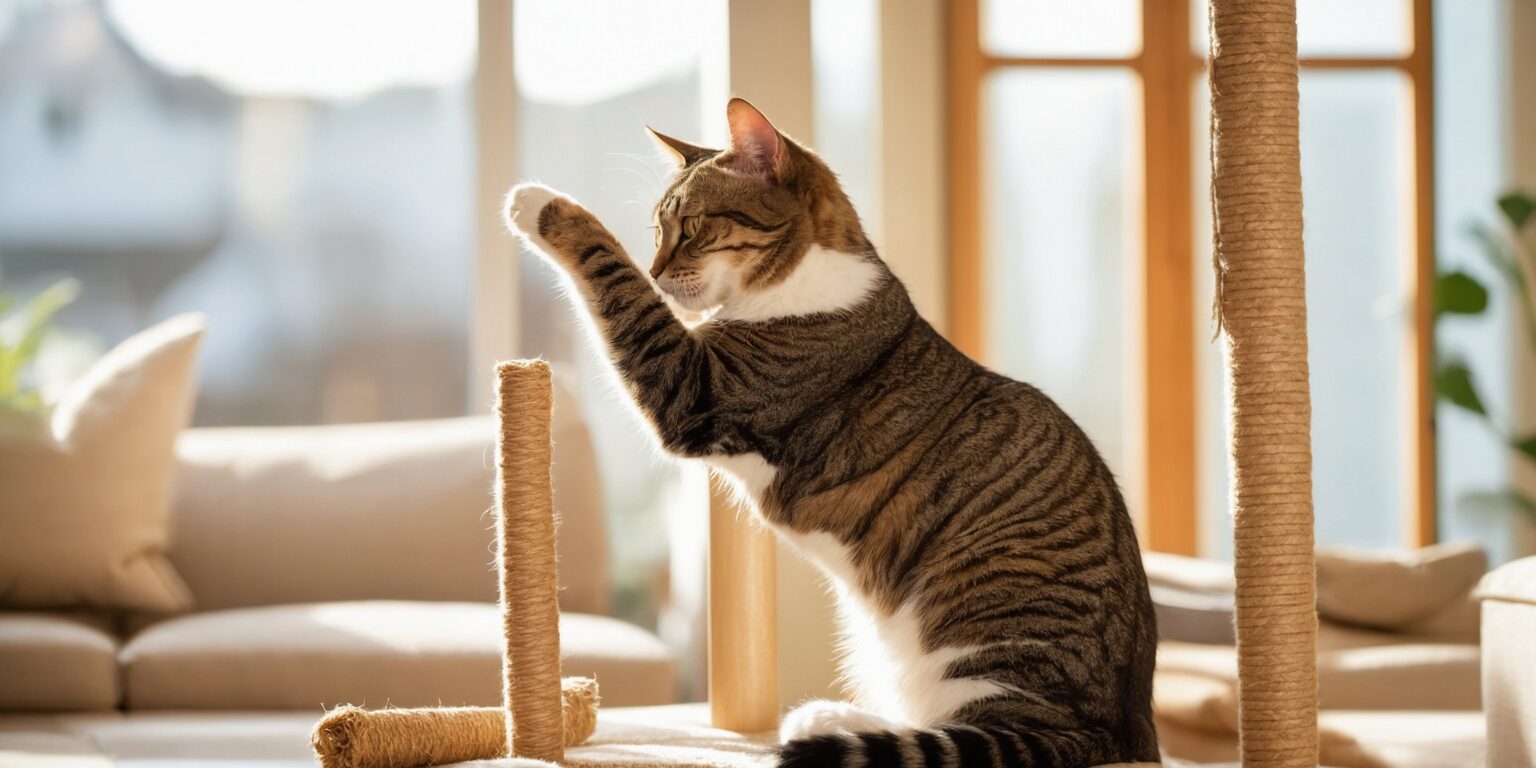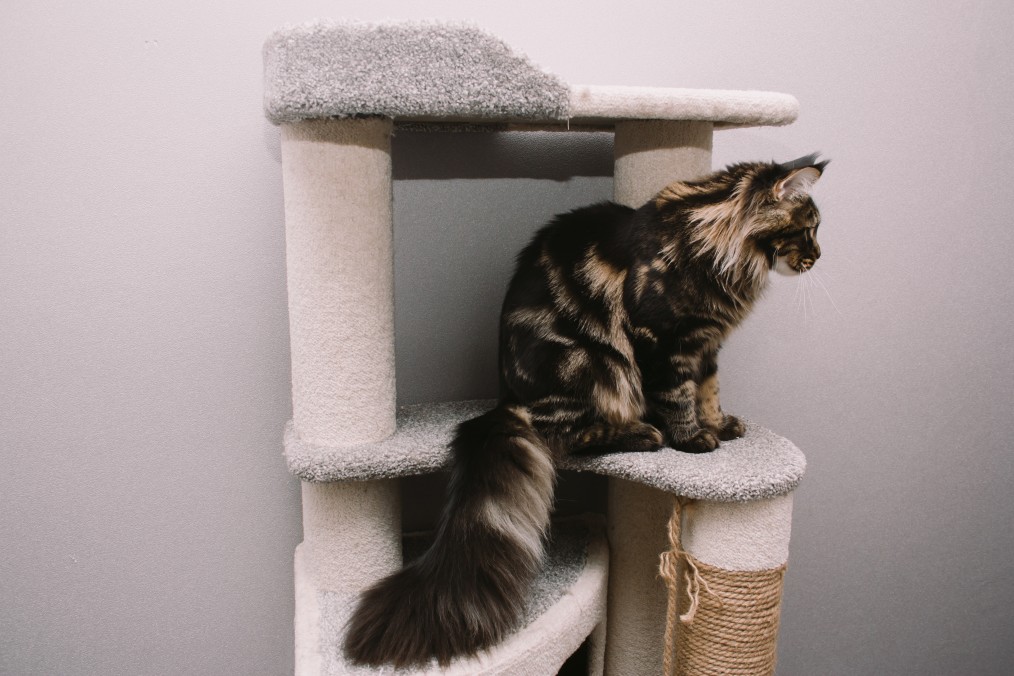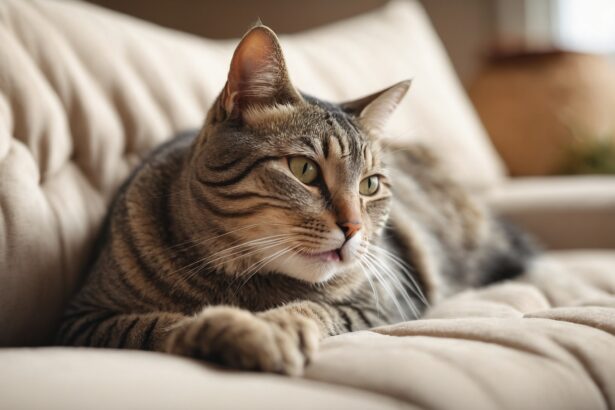Why cats claw: decoding a deeply natural behavior
Why do cats claw? Because for them, scratching is as natural as purring. It keeps their bodies supple, their minds calm, and their territory clearly claimed—no mischief intended.
- Why cats claw: decoding a deeply natural behavior
- Territory marking: scent and visual signals
- Claw care: their built‑in manicure
- Emotional release: stress, excitement and the post‑nap stretch
- 5 surprising reasons your cat claws
- How to protect your furniture while honoring your cat’s needs
- When scratching signals a deeper issue
- Conclusion: understand scratching, strengthen your bond
- FAQ
Once you see scratching through feline eyes, the behavior stops looking “naughty” and starts making perfect sense. Ready to channel it without sacrificing your sofa?
Territory marking: scent and visual signals
Each scratch leaves two messages: a visual mark and a scent mark from glands in the paw pads. It’s your cat’s subtle way of saying “I live here” and feeling safer in familiar spaces.
Scratching often pops up in high-traffic zones (doorways, sofa arms, favorite corridors). If your cat also likes to scratch the floor, that’s another way to combine scent and visual cues—still perfectly normal.
For a behavioral deep dive on why cats scratch and how to guide them, the ASPCA explains the basics clearly and compassionately.
Claw care: their built‑in manicure
Scratching sheds old claw sheaths so new, healthy layers can grow. You may find tiny, translucent “crescent” shells near posts—that’s normal and even a good sign.
Healthy claws mean safer climbing, better play, and fewer snags on fabrics. Complement this with regular, gentle trims; here’s a practical guide to trim your cat’s claws safely.
Fun fact: many cats show a texture preference (sisal, cardboard, wood). Offer at least two different textures to see which wins.
Emotional release: stress, excitement and the post‑nap stretch
Scratching also helps your cat decompress. After visitors, loud noises, or even a zoomie session, a good scratch resets the mood.
Right after a nap, those long stretches with claws engaged are the perfect full‑body wake‑up. Curious about their snooze habits? Here’s why cats sleep so much.
And yes, some scratches are happy scratches—think “I’m excited” or “That felt great!” moments.
5 surprising reasons your cat claws
- Joy bursts: after play, treats, or greetings, many cats dash to a post to express excitement.
- Attention seeking: scratching where you can see them can be a polite “Hey, look at me!” request for interaction.
- Full‑body stretch: claws help anchor their body so they can extend from whiskers to tail tip.
- Scene refreshing: after you clean or move furniture, cats “re‑label” the area to feel secure again.
- Pre‑play warm‑up: a quick scratch can be the prelude to hunting games and pouncing practice.
How to protect your furniture while honoring your cat’s needs
Choose the right scratching options
Pick a sturdy, tall post (taller than your cat at full stretch), plus a horizontal option for variety. Sisal fabric grips beautifully and lasts, while cardboard satisfies cats who love a cozy rip.
Original tip: do a quick “scent swap.” Gently rub a soft cloth on your cat’s cheeks (where they have facial glands), then rub the top of the new post. It makes the post smell reassuring and invites first use.
Place scratchers in social spots—near the sofa corner they target, by doorways, and along their usual path. For more placement ideas and training tricks, explore how to keep your furniture safe without stress.
Gentle redirection that works
When your cat approaches a no‑go surface, calmly lure them to the post with a toy, then reward with praise or a tiny treat when they scratch there.
Sprinkle a pinch of catnip or silver vine the first days, and play with a wand toy right next to the post so claws naturally meet the right texture.
Keep it consistent. Cats love routines, so a daily “scratch and play” minute helps anchor the habit.
Common mistakes to avoid
- Hiding the post: if it’s tucked away, it won’t be used; put it where your cat wants to make a statement.
- Punishment: shouting, water sprays, or scolding increase stress and can make scratching worse.
- Moving the post too soon: once your cat uses it, leave it in place for a while to cement the routine.
- Over‑trimming: cutting too short hurts and can create aversion to handling.
When scratching signals a deeper issue
Spotting abnormal patterns
Watch for sudden, intense scratching paired with other changes like agitation, hiding, or decreased appetite. Any skin wounds or broken nails warrant a prompt check.
Possible causes
Recent changes—new pets, a move, different schedules—can heighten stress. Pain (arthritis, nail injuries) may also push a cat to scratch differently or more frequently.
Helpful next steps
Increase safe vertical spaces, add quiet retreats, and enrich play daily. If you suspect pain or anxiety, consult your veterinarian for tailored advice and to rule out medical issues.
Conclusion: understand scratching, strengthen your bond
By embracing why cats claw and offering inviting alternatives, you protect your home and boost your cat’s confidence. A little setup, a little patience—and lots of gentle praise—go a long way.
FAQ
Why does my cat prefer the sofa over the post?
It’s prime real estate—visible, central, and probably the perfect texture. Move a tall, stable post right beside that spot and reward every use.
How can I teach a kitten to use the post?
Play near the post daily, reward even brief scratches, and try sisal fabric plus a horizontal cardboard option to cover different preferences.
Which scratching post texture is best?
Sisal fabric is a standout for most cats, but some adore cardboard. Offer two textures at first and keep the clear favorite.
Is it okay to cover furniture temporarily?
Yes—protect sensitive areas with temporary, cat‑safe barriers while you train. Just remember to pair deterrents with attractive, well‑placed posts.








